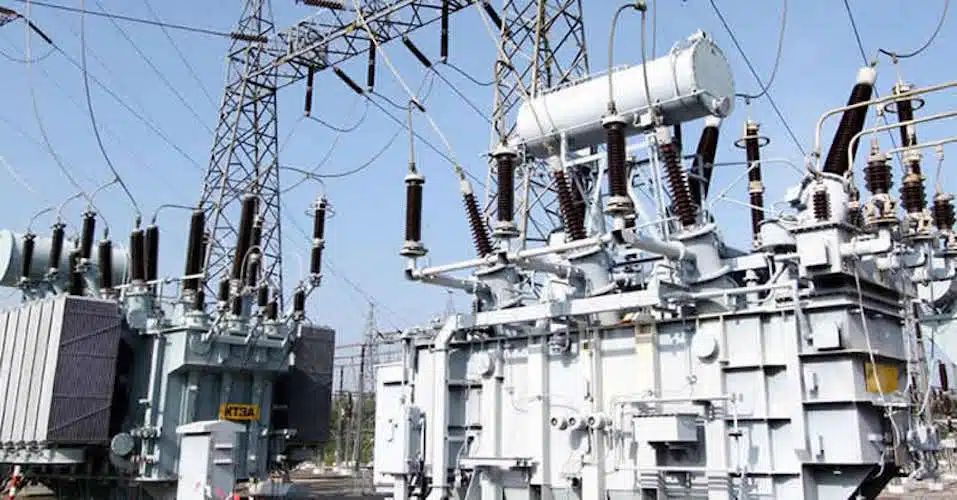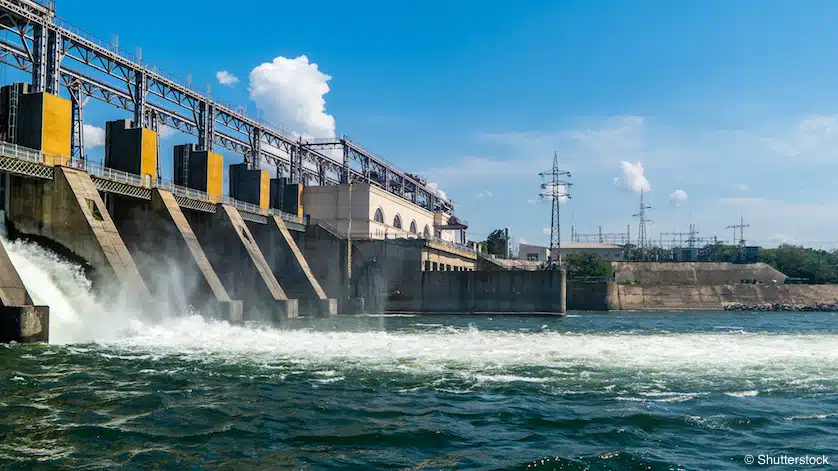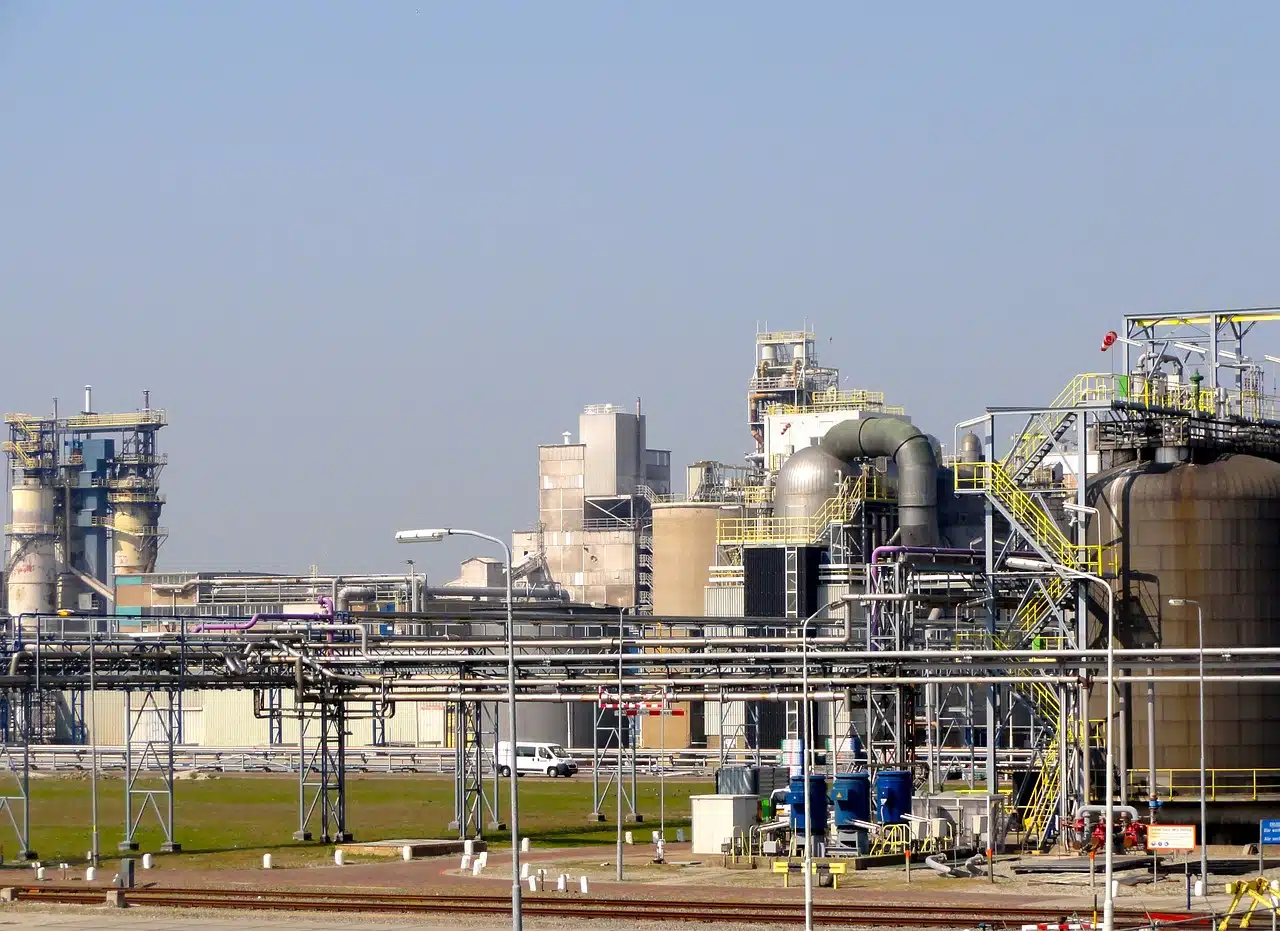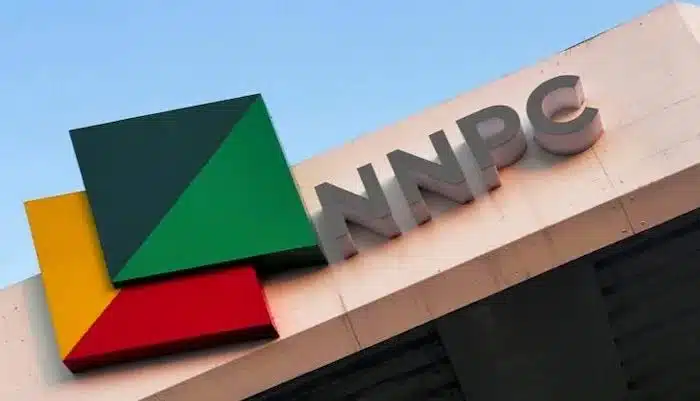Over the past decade, Nigeria’s electricity distribution companies (DisCos) have generated a remarkable total of N3.9 trillion in revenue as they navigate the complex landscape of power supply and distribution across the country.
The period spanning from 2015 to 2024 has seen a dramatic shift in how electricity is priced and distributed, with various challenges and policy changes influencing the sector.
Among the prominent DisCos, Ikeja Electric (IEDC) and Eko Electric (EKEDC) stand out with revenue generation figures of N736.5 billion and N614 billion, respectively.
The revenue figures reflect the various dynamics at play within the electricity sector, including tariff adjustments, government policies, and the infrastructural challenges faced by these DisCos.
The most recent available data from the National Bureau of Statistics (NBS) includes revenue up to the second quarter of 2024, but the full year of 2024 has yet to be accounted for, leaving room for further changes.
The DisCos’ role in Nigeria’s electricity supply cannot be understated.
As the intermediary between the national grid and consumers, these companies are at the forefront of ensuring that power reaches millions of Nigerians every day. However, this responsibility has not come without its hurdles.
The Nigerian electricity sector, which continues to face issues ranging from tariff increases to the frequent collapse of the national grid, has struggled with maintaining a consistent and affordable power supply to its citizens.
Ikeja Electric leads, others follow
Over the last 10 years, the revenue generated by each disco has varied significantly, reflecting not only the size of their customer base but also their operational challenges and efficiency.
Below is a breakdown of the revenue generated by each of Nigeria’s major discos from 2015 to H1 of 2024:
Ikeja Electric (IEDC): N736.5 billion
Ikeja Electric, serving Lagos and other parts of southwestern Nigeria, leads the pack with a substantial revenue generation of N736.5 billion.
The company has been at the forefront of electricity distribution in the commercial capital of Nigeria, facing both the opportunities and challenges that come with a highly populated and industrialized region.
Eko Electric (EKEDC): N614 billion
Eko Electric follows closely with N614 billion in revenue. With a similar customer base in Lagos, Eko Electric is also tasked with managing one of the most economically vibrant regions in Nigeria.
Abuja Electric (AEDC): N609.37 billion
Serving the Federal Capital Territory and surrounding areas, Abuja Electric has seen revenue of N609.37 billion. As the capital city, it comes with unique challenges in balancing a growing demand for power with adequate supply and pricing.
Ibadan Electric (IBEDC): N481.19 billion
Serving the southwest, Ibadan Electric’s revenue of N481.19 billion reflects its extensive coverage of rural and urban areas, where power distribution remains an ongoing challenge.
Enugu Electric (EEDC): N358.74 billion
Enugu Electric, serving southeastern Nigeria, has generated N358.74 billion in the last decade. The company’s operations in this region have been hampered by infrastructural deficits and power theft.
Benin Electric (BEDC): N336.60 billion
Benin Electric has faced similar challenges as its counterparts, generating N336.60 billion while working to improve power access in the Niger Delta region.
Port Harcourt Electric (PEDC): N253.06 billion
Port Harcourt Electric, which operates in the oil-rich Niger Delta, has faced issues with infrastructure, power theft, and a volatile environment, resulting in revenue of N253.06 billion.
Kano Electric (KEDC): N235.30 billion
Kano Electric serves the northern region and has seen steady revenue growth, generating N235.30 billion. Despite challenges such as low industrial activity, Kano has maintained steady growth.
Kaduna Electric (KDEDC): N165.30 billion
With a smaller customer base, Kaduna Electric generated N165.30 billion, facing challenges related to infrastructure and operational inefficiency.
Jos Electric (JEDC): N133.75 billion
Jos Electric’s revenue of N133.75 billion underscores the challenges of servicing the central region of Nigeria, which often faces power shortages and distribution issues.
Yola Electric (YEDC): N69.77 billion
Yola Electric, which services the northeastern region, remains the smallest player with a revenue of N69.77 billion, reflecting the region’s unique power challenges.
Despite billions in revenue, Nigeria’s power sector faces grid failures and rising tariffs
Despite the impressive revenue figures, Nigeria’s electricity sector continues to grapple with several persistent issues.
Starting with the most recent national grid collapses. The national power grid experienced multiple collapses in 2024 alone, with the most recent occurring on December 11, marking the 12th incident of the year.
These collapses disrupt power supply nationwide, highlighting the fragility of the grid.
In a conversation with Jennifer Okafor, an infrastructure specialist based in Enugu, she emphasized the need for intentional investment to address the ongoing grid collapse issues.
“The frequent grid collapses are a clear indication of systemic issues within Nigeria’s power infrastructure,” Jennifer noted. “Without substantial investment in modernization and expansion, these collapses will continue, further eroding public confidence in the sector.”
Experts point to ageing infrastructure, insufficient investment, and instances of vandalism as significant contributors to the grid’s instability. Despite Nigeria’s potential to generate 13,000 megawatts of electricity, the country struggles to transmit and distribute even a third of this capacity.
Another major challenge is the removal of electricity subsidies and the resulting tariff increases.
In April 2024, the Nigerian government removed subsidies for 15% of electricity consumers to alleviate fiscal pressures, leading to significant tariff hikes. This move sparked widespread protests and further heightened the cost of living for many Nigerians.
The tariff hikes were accompanied by the introduction of consumer categories—Bands A, B, and C—based on usage. However, this categorization has faced criticism for being arbitrary and not accurately reflecting actual consumption patterns, causing dissatisfaction among consumers.
Energy analyst Johnson Eromosele, based in Lagos, believes the customer classification has placed undue strain on consumers, exacerbating the hardship many face.
“The recent tariff hikes, following the removal of subsidies, have placed a significant burden on consumers, especially in the current economic climate.
“While these measures are intended to make the sector more sustainable, they need to be implemented alongside strategies to improve service delivery and infrastructure to justify the increased costs,” he explained.






